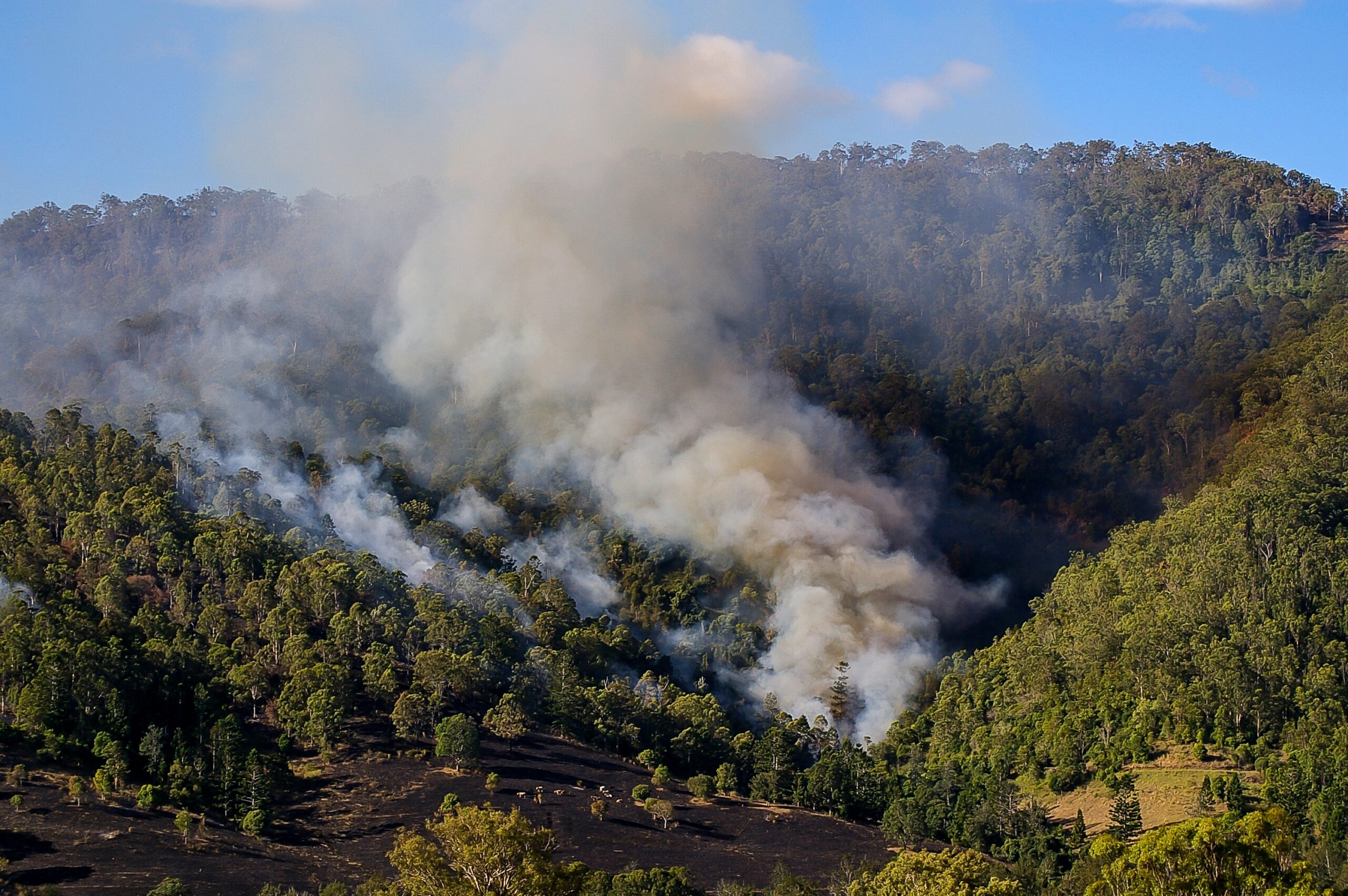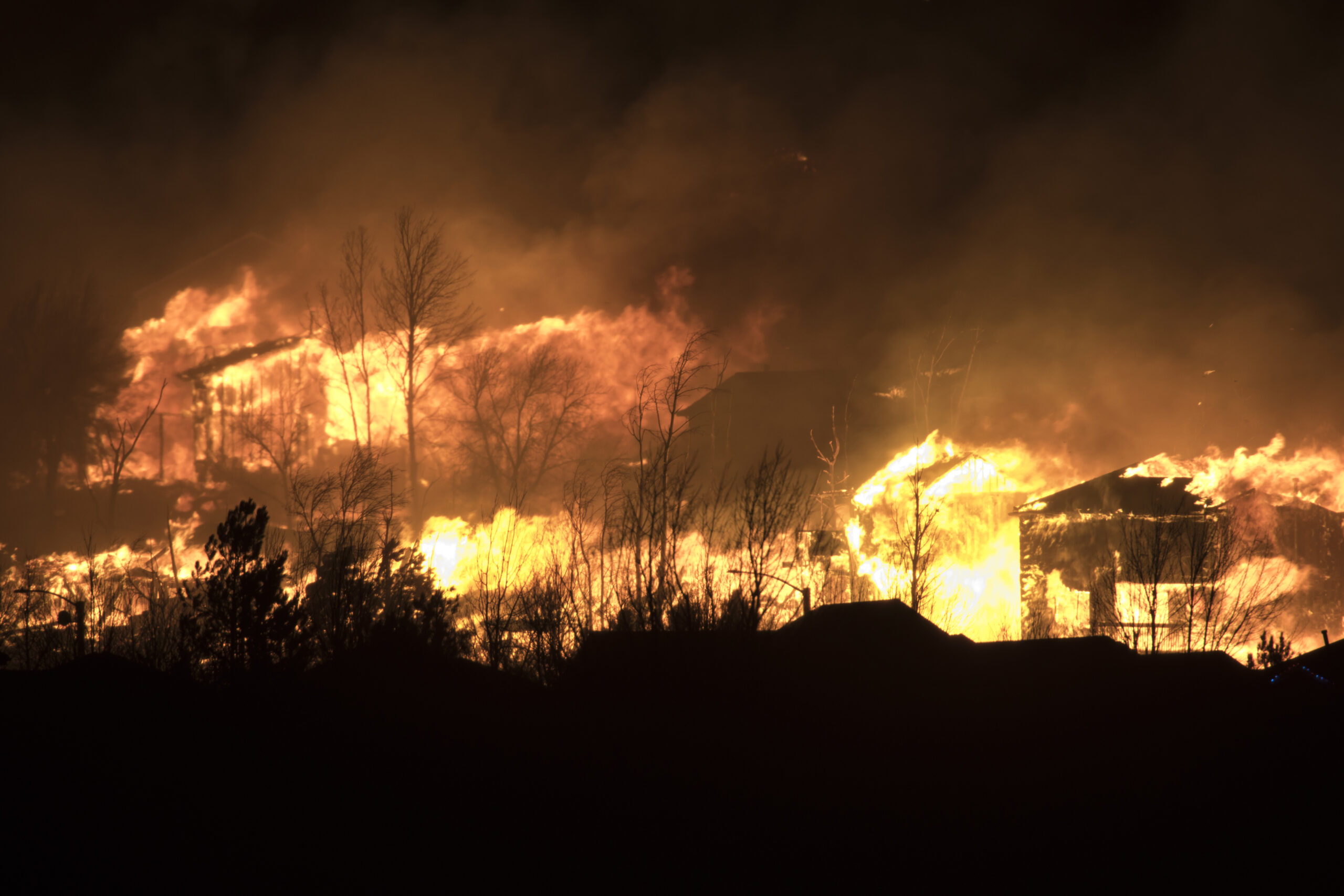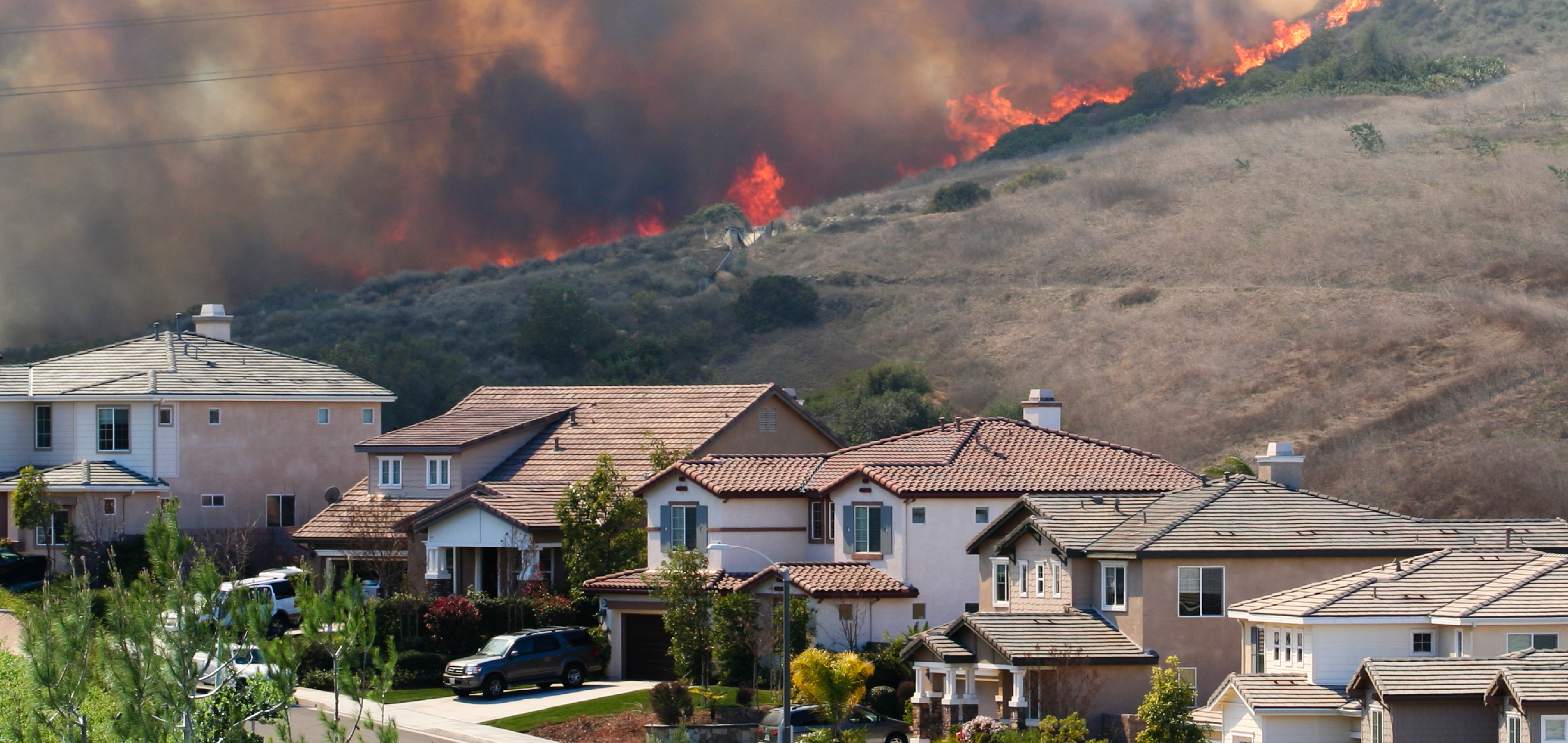
Wildfires have always had a natural role in our ecosystem. But today, wildfires are bigger, burning longer, causing more damage, and impacting public health more than ever before due to prolonged smoke exposure. While a traditional wildfire can be a significant problem, it can quickly turn into a disaster when it meets the wildland urban interface, also known as the WUI. The WUI is defined as “the line, area or zone where structures and other human development meet or intermix with undeveloped wildland or vegetation fuel.”
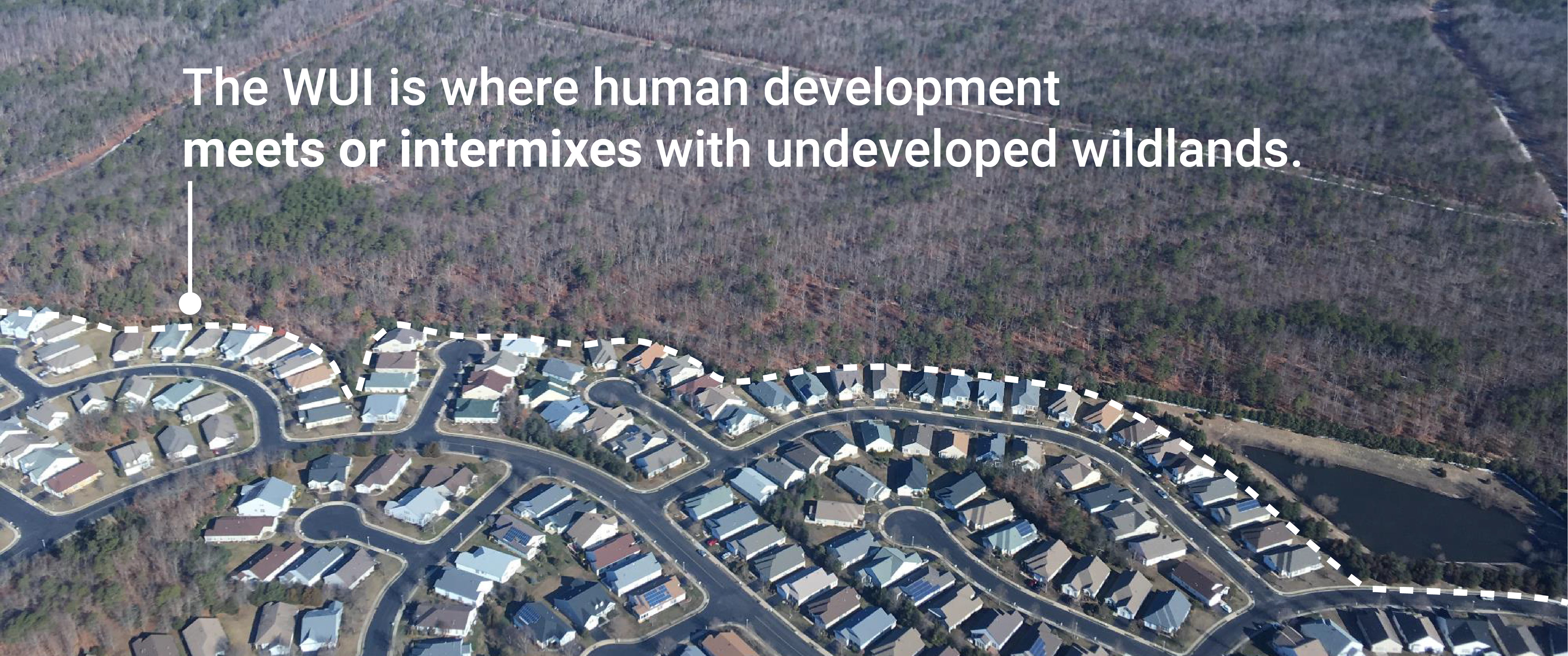
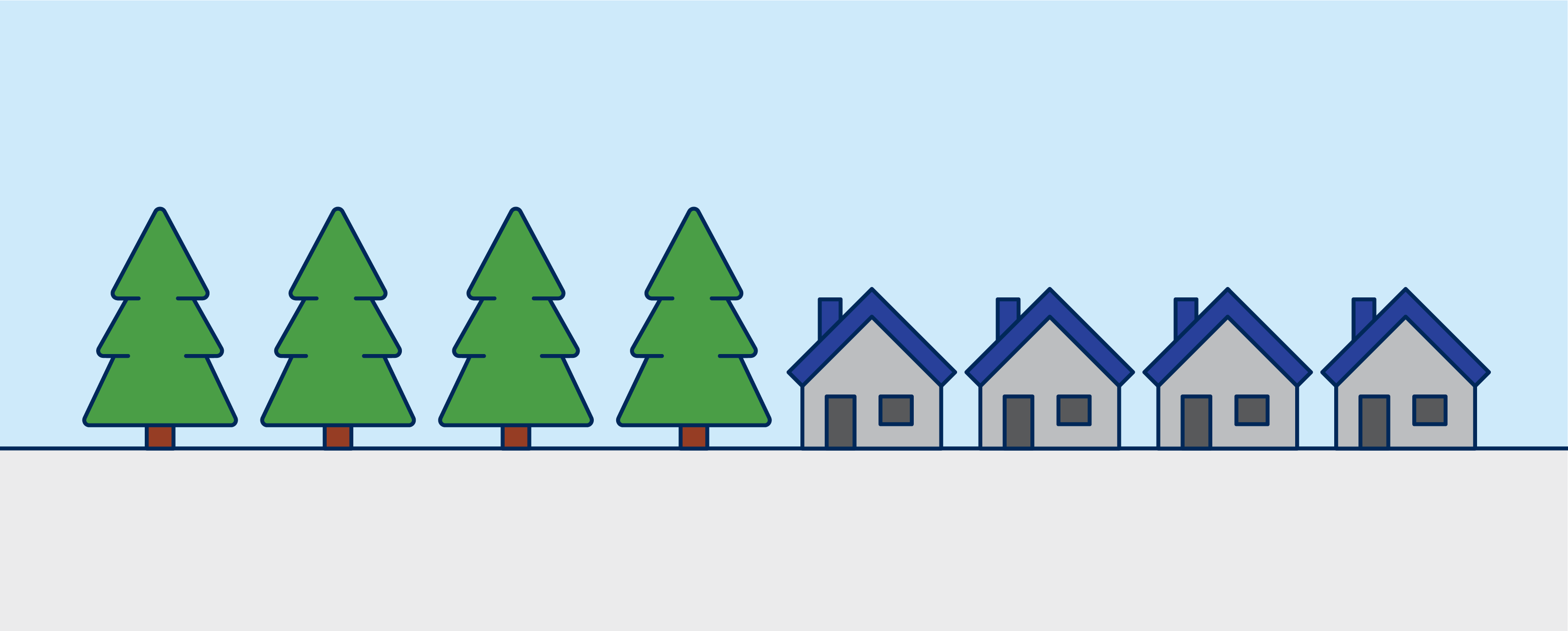
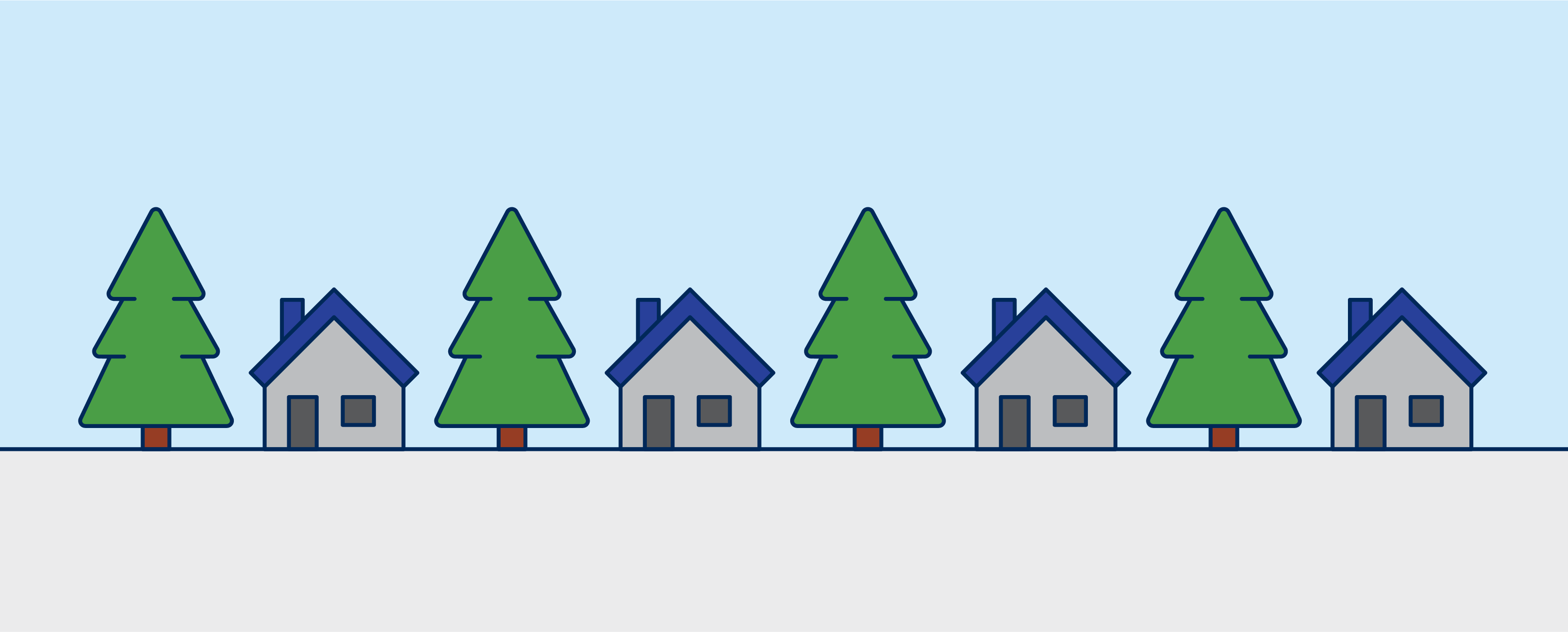
The effects of wildfires on these communities can be catastrophic, causing environmental and socioeconomic devastation. Today, close to one-third of the United States (U.S.) population, living in nearly 50 million homes, now live in the WUI. Even more of the population may be indirectly affected by poor air quality issues as a result of wildfire smoke.
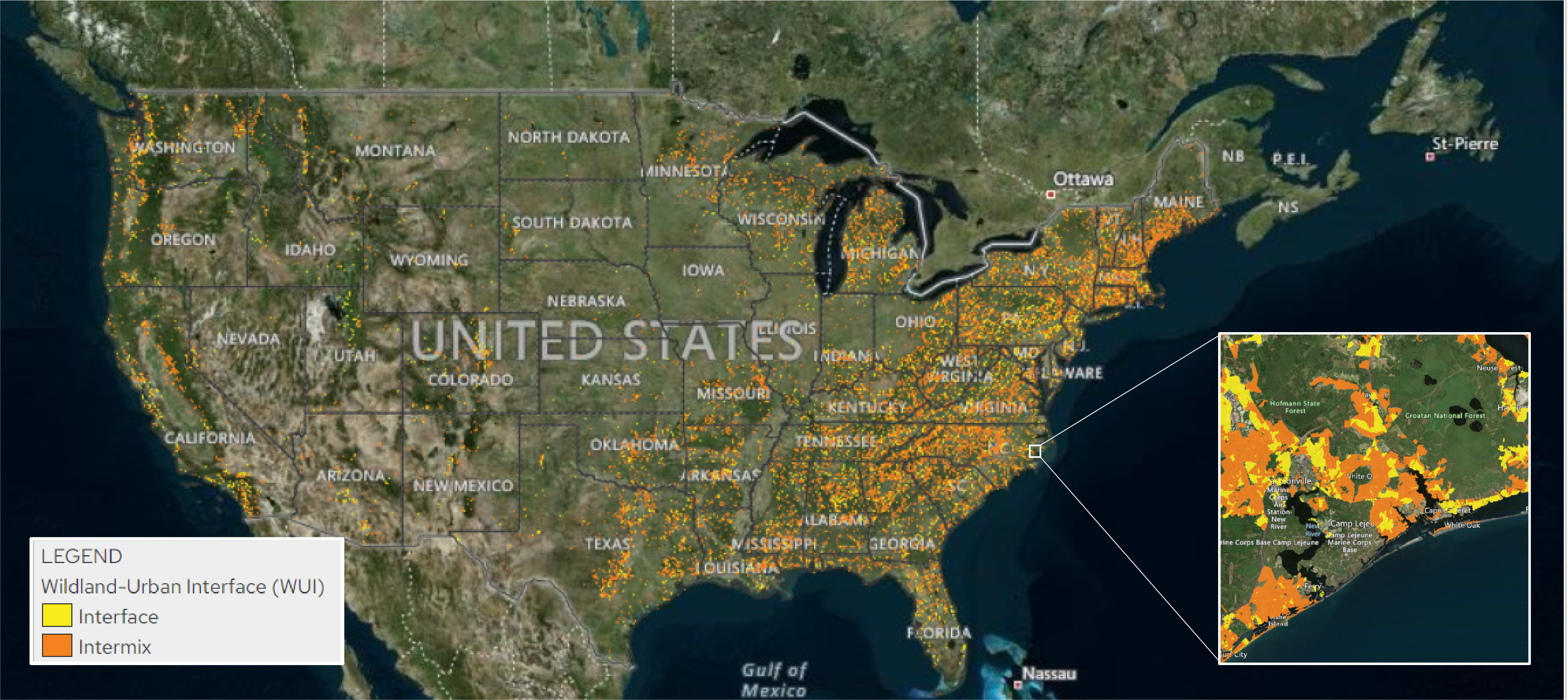
WUI fires occur outside of what we have historically considered as the traditional wildfire season (i.e., summer in the Western states). WUI fires can occur at any time of the year. For example, one of the most destructive WUI fires, the Marshall Fire, occurred in December 2021 in Boulder County, Colorado.
While the greatest number of structural losses have historically occurred in California, destructive WUI fires can occur across the U.S. Over the past 20 years, more than 2,000 communities in the country, including in the Midwest and on the East Coast, have been threatened by wildfires burning within two miles of town.
WUI fires are typically caused by human-related activity, such as a downed power line. Nationwide, 89% of wildfires are caused by human activity, and in California, the number increases to 94%.
Wildfires and WUI fires produce different pollutant mixtures because they burn very different types of fuels or materials. Fuel in wildland fires includes various types of vegetation, whereas WUI fires also include urban materials, such as homes, their contents, and vehicles. WUI fires tend to be more destructive because materials found in the WUI have different energy contents, elemental compositions, and densities.
There are several factors that put WUI communities at higher risk of loss from wildfire, including:
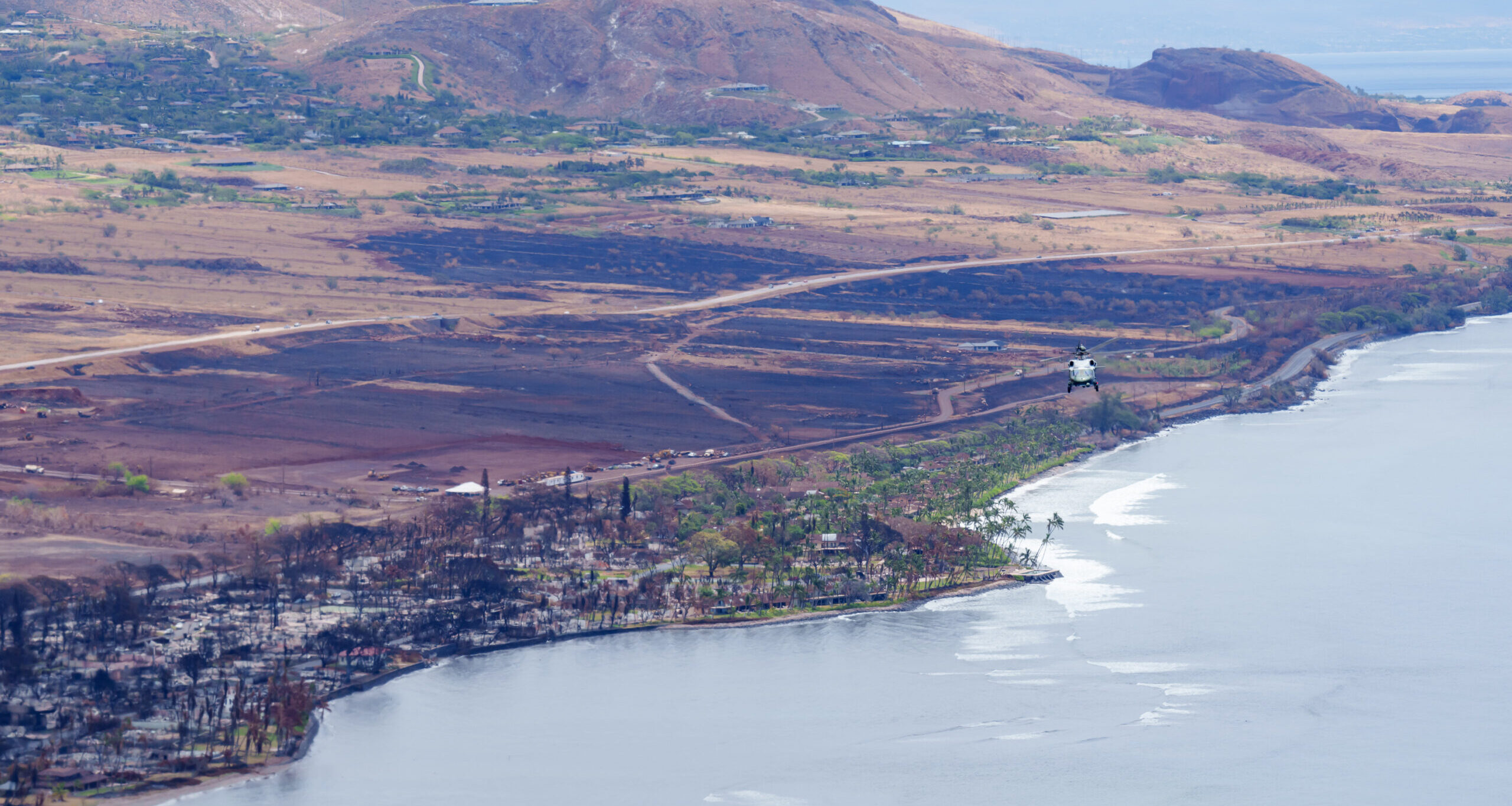
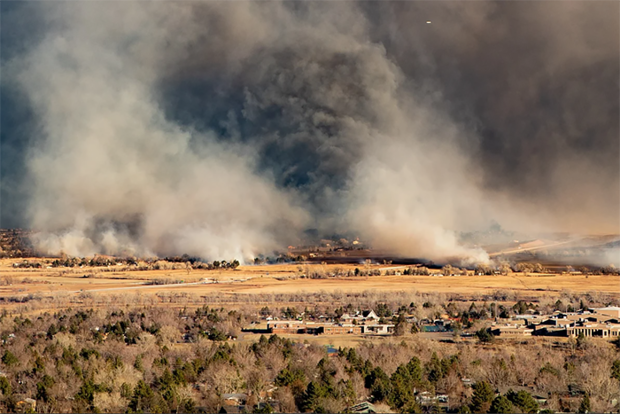
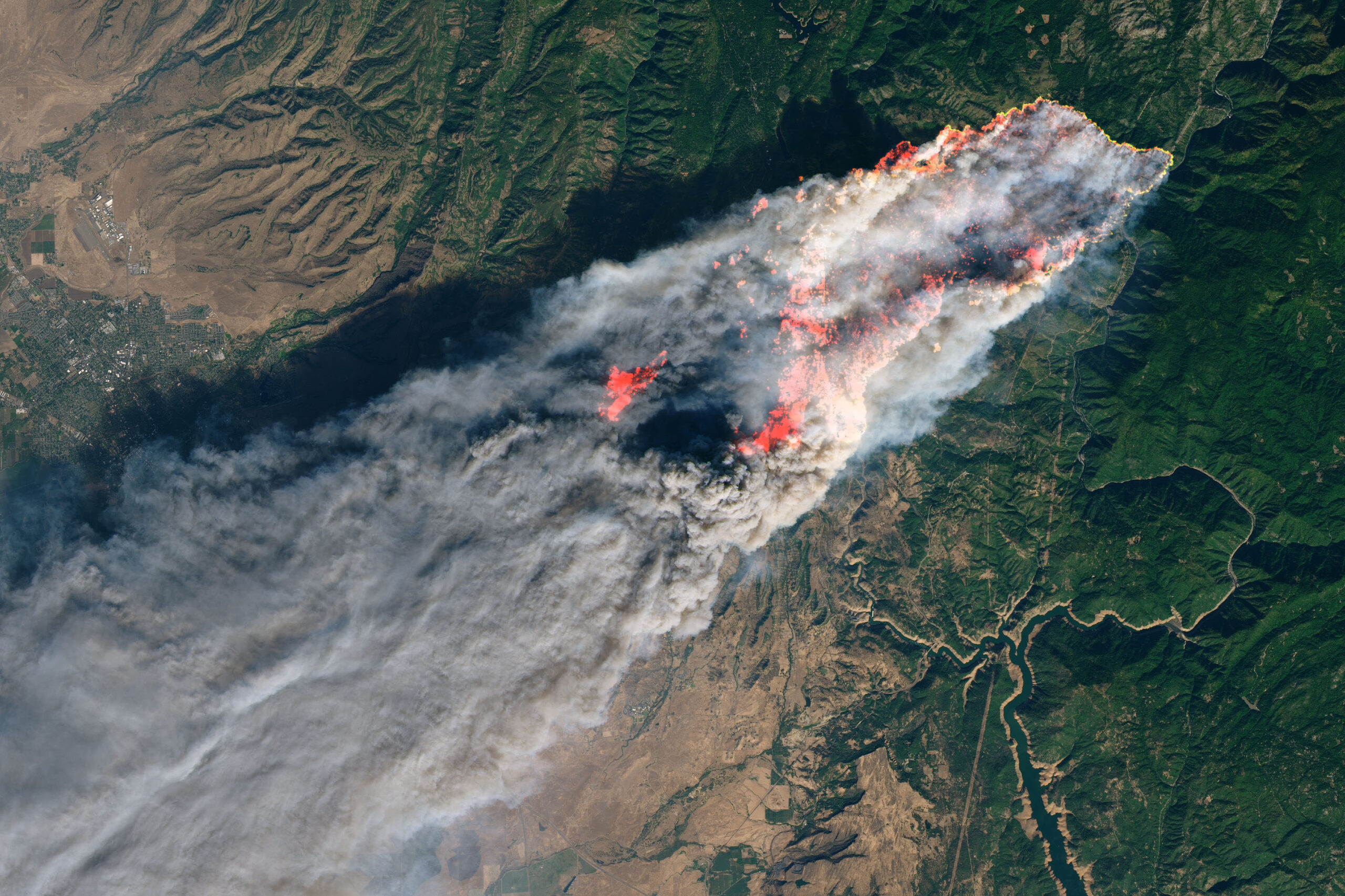
Chemical Insights Research Institute (CIRI) of UL Research Institute partners with the Insurance Institute for Business and Home Safety (IBHS), the National Fire Protection Association (NFPA), the National Institute of Standards and Technology (NIST), and other organizations to communicate the effects of WUI wildfires on both human health and the built environment.
Some mitigation strategies for the built environment in the WUI involve:
Read the U.S. Fire Administration’s article for more information to understand how wildfires spread protecting buildings from ember and fire exposures.
Fires in the WUI can be more catastrophic because of what fuels them. In a wildland fire, mainly vegetation is burning. Fires in the WUI, however, also burn urban materials such as homes, cars, and other human-made structures. The materials that burn in WUI fires may contain chemicals and materials of concern, such as halogens, plastics, and metals. These chemicals impact how the fire burns and what it leaves behind.
